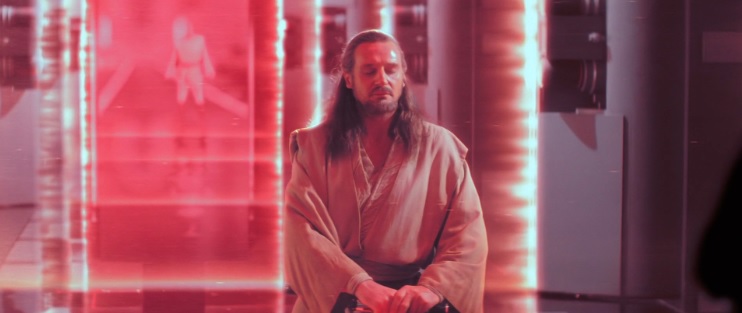
“Originally, I was trying to have the story be told by somebody else; there was somebody watching this whole story and recording it, somebody probably wiser than the mortal players in the actual events (…) the stories were actually taken from the ‘Journal of the Whills’.”
George Lucas – Star Wars, The Annotated Screenplays
The Journal of the Whills occupies a strange place in Star Wars lore. Initially part of George Lucas’s early drafts and referenced in the novelization of A New Hope, it then disappeared from Lucas’s work almost entirely (though he did return to his “Journal” notes during pre-production on The Phantom Menace, and considered referencing a “Shaman of the Whills” in Revenge of the Sith). The idea has seen a resurgence of a kind recently, though, with its reference in the novelization of The Force Awakens and with Baze and Chirrut, the mysterious “Guardians of the Whills”, in Rogue One.
Though Lucas did not make the Whills an explicit part of the story, instead developing the idea into the Force, the concept of the story being recorded in an ancient Journal, from which he is retelling it, is something he never quite let go of. In 2005’s The Making of Revenge of the Sith, Lucas revealed that the story was told to the Keeper of the Whills by R2-D2, 100 years after Return of the Jedi. The ongoing use of the introduction “a long time ago in a galaxy far, far away” – a modern “once upon a time” – reminds us that Star Wars is a fairy tale, a myth that is being retold to us, and that this is how we should look at it.




